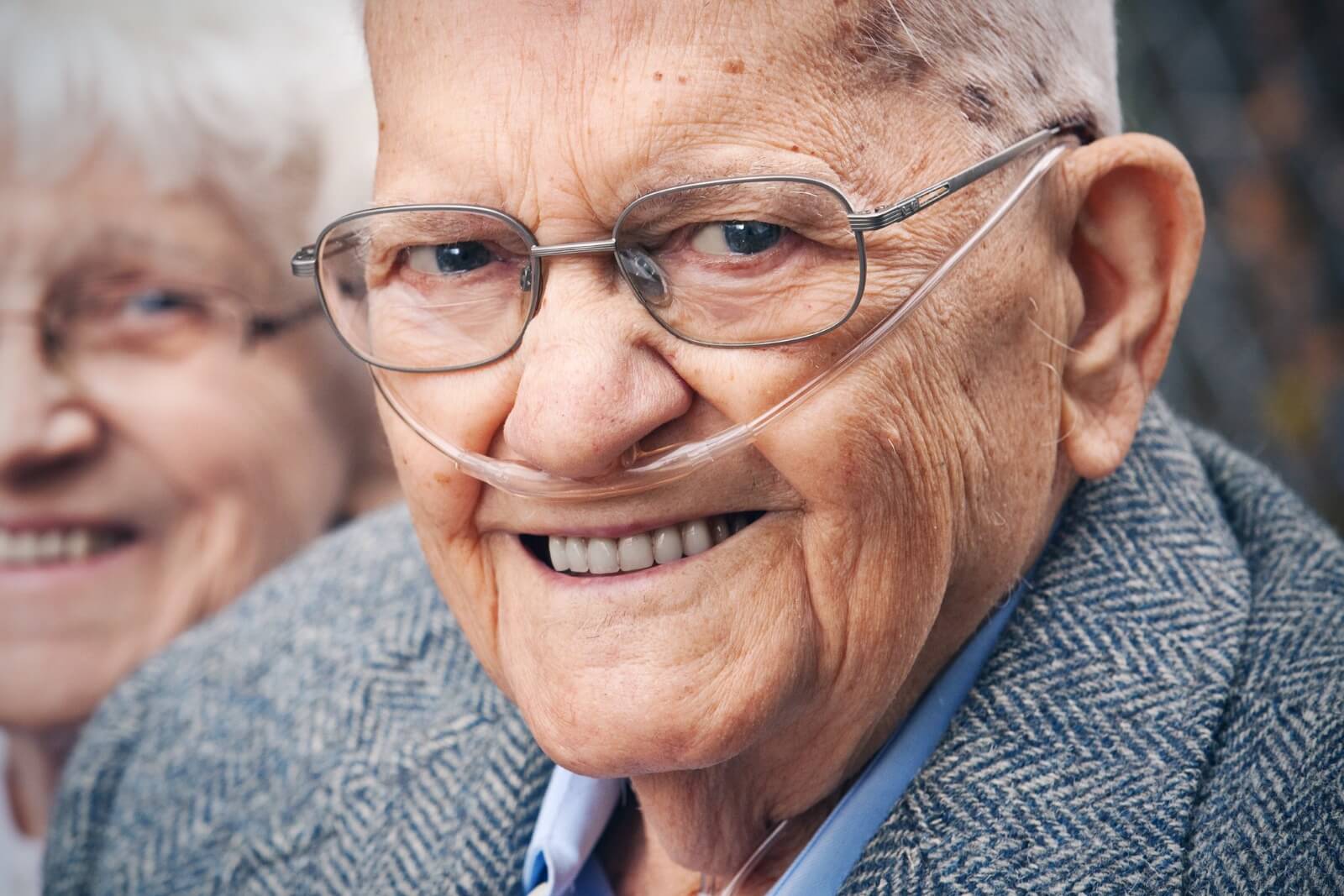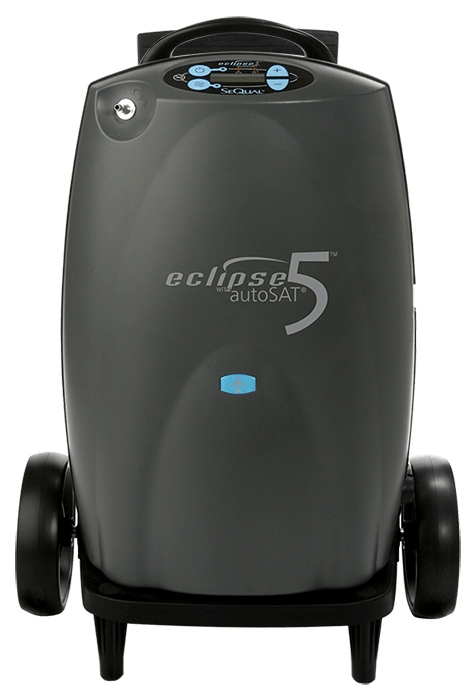
Memory care communities are specialized senior living residences designed to meet the challenges of cognitive decline. Not only is the community staffed with team members who have had specific training about dementia, but the environment itself connects residents with familiar daily rhythms and helps them feel comfortable and safe.
While memory care communities have many benefits, any change or transition can be difficult. Add in the complexities of short-term memory loss, confusion, and other symptoms of cognitive decline, and it is no wonder that residents might experience transition trauma. Transition trauma, sometimes called transfer trauma or relocation stress syndrome, is a physical or emotional reaction to a sudden change in surroundings.
Change is hard for everyone, no matter their age. Coping with change relies on understanding the change and harnessing healthy coping skills. Unfortunately, this can be quite challenging when living with Alzheimer’s disease or another type of dementia. Here are some ways to help make the transition to memory care as smooth as possible for your older loved one.
Early-stage dementia and moving to memory care
Thanks to early awareness and diagnosis, you might be moving your loved one to a memory care community while they are at an early stage of the disease. In this case, you can — and should — involve them as much as possible in the process of touring and selecting the right community. The more they can be involved, the more empowered they can feel by advocating for their preferences.
Before moving in
When preparing for moving day, take the lead for your loved one. If packing their belongings makes them stressed, overwhelmed, or depressed, take over that task for them. Let them know that you’d be happy to take this stressor from them so they can focus on other prep tasks they might enjoy more, such as packing up their favorite photos or art to hang on the walls.
You can also reduce the uncertainty of moving to a new community by getting your loved one involved in the life of the community before they move in. Plan times for them to enjoy a meal in the community or attend a happy hour or social event. This way, they can get to know the staff, meet their neighbors, and begin to get into the rhythm of daily life there.
On and after moving day
Moving day is busy and stressful. Consider moving your loved one in on your own while they enjoy a day with another family member. This way, after a pleasant day with a loved one, they can come to their new memory care home that is already furnished and set up just how they like it.
Help your loved one settle into the community by checking in with them often. If you have family support, consider creating a calendar so everyone can sign up for a few days during the first six weeks to check in with a phone call or visit. This will be a familiar touchstone for your loved one and the perfect time to ask how their day was, offer reassurance, and encourage them to attend group activities or pursue their favorite hobbies independently.
Middle- or late-stage dementia and moving to memory care
If your loved one is moving to a memory care community in the middle to late stage of Alzheimer’s or dementia, they will not be able to be as involved with the community selection process. The middle stage of dementia is marked by significant confusion and lapses in short-term memory, so they likely won’t remember or understand the move even if you tell them about it.
Before move-in day
Your loved one might enjoy going to their new memory care community before moving in. It could be helpful to say the two of you will check out the community’s restaurant or meet some new friends. Then, you can enjoy a meal in the community and stick around for another event your loved one might enjoy. While they might not remember the people they meet there, it can create positive associations with the community.
Work with your loved one’s physician to give a full medical history to the memory care facility staff. Include any behavioral concerns or challenges that the move might trigger. You might also help by bringing your loved one to the community for an assessment before move-in day, should the community request it.
Memory care communities are safe places designed to keep your loved one comfortable. The team of experts who work there are ready to support you and your loved one with the transition, and they will offer you personalized guidance as you get closer to moving day. Be sure you take advantage of their expertise. Communicating with the team at the community weeks before move-in day will benefit everyone.
On and after moving day
Moving day should be as stress-free as possible for your parent. Consider setting up their home without them there. Then, another loved one can bring them by and show them their comfortable and cozy apartment. Plan to spend some time with them before you leave for the day so they can become oriented in their new home.
Be sure to open communication channels with the community staff, especially during the first six to eight weeks. You’ll get a clear picture of how your loved one is doing and adjust your visits with them to support any positive and negative reactions. For example, you might want to stop by and attend an activity with your loved one if the community social worker tells you that your loved one is not comfortable attending group activities yet.
Remember, transitions are difficult for anyone. A dementia diagnosis can come as a shock, and moving to a new home can be further challenging. With these tips for easing your loved one’s transition to memory care, you can mitigate some negative effects. Remain helpful and steady as you guide your loved one through this change so they can get the care they need.








